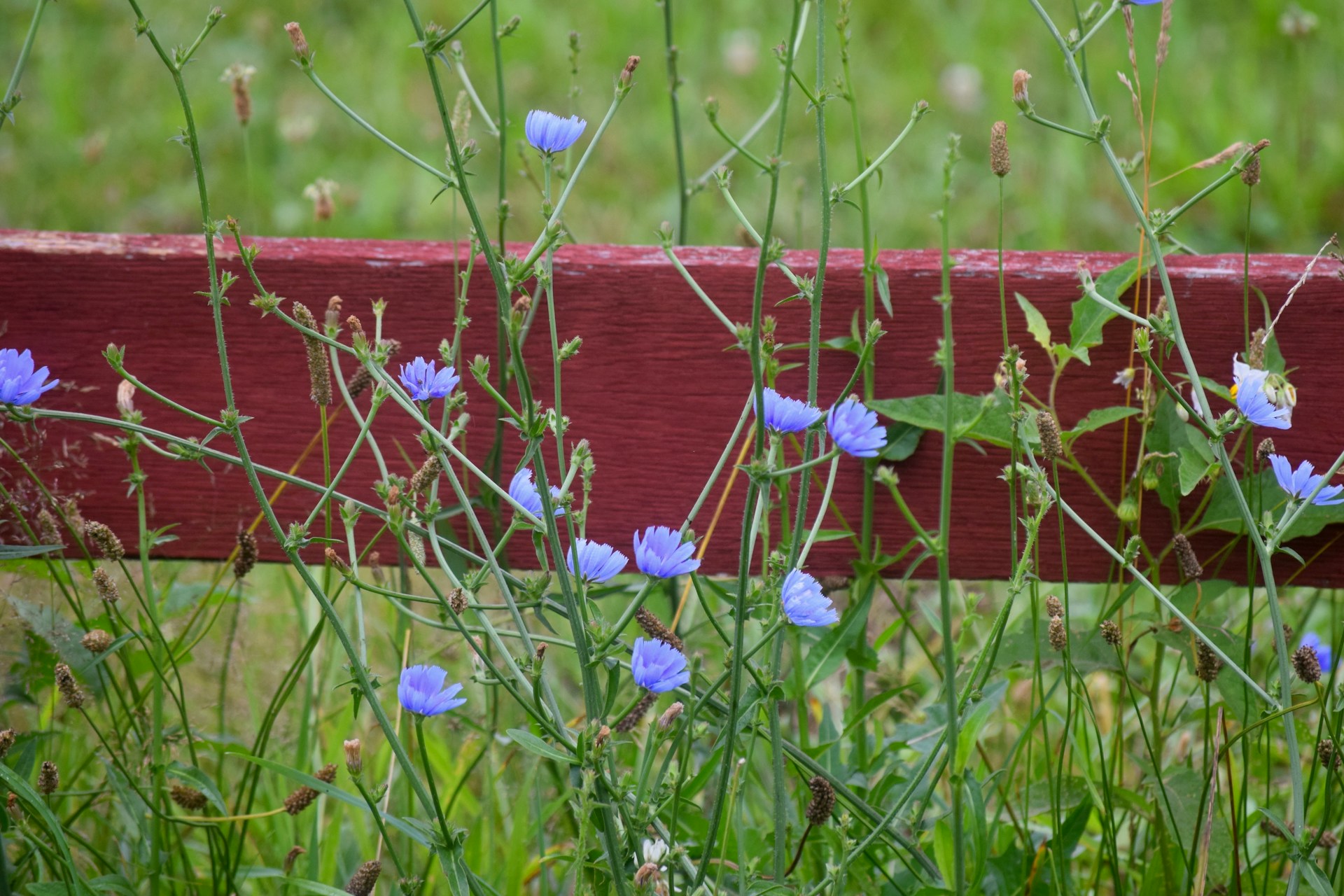Introduction
Hummingbirds, the tiny, vibrant jewels of nature, bring an unparalleled dynamism and delight to our gardens. Not only do they add life and vibrancy, but they also contribute to maintaining a healthy ecosystem through their pollination activities. The purpose of this research paper is to guide gardening enthusiasts based in Delaware towards cultivating flowers with a triple appeal – rapid growth, native origination, and an irresistible attraction for hummingbirds. Seeded in the soils of sustainability, these gardening practices further promote environmentally-friendly habits and contribute to local biodiversity.
Fast-Growing Flowers for Hummingbirds in Delaware
Starting a garden that attracts hummingbirds involves selecting plants that offer rich nectar sources, a hallmark of ‘most effective fast-growing flowers for hummingbirds in Delaware’. The beauty of planting native species is their resilience, requiring less fertilization and fewer pesticides, thus contributing to a healthier ecosystem. Below are some of the rapidly-growing flowers that are sure candidates for a hummingbird-friendly garden in Delaware:
- Sweet Goldenrod (Solidago odora): These bright yellow clusters are like magnets to bees, butterflies, and hummingbirds, blooming from late summer to mid-fall.
- Swamp Milkweed (Asclepias incarnata): This pink to purple-hued flower is especially adored by butterflies and has a wonderful scent.
- New Jersey Tea (Ceanothus americanus): Apart from being appealing to hummingbirds, butterflies, and bees, this plant is also known for its adaptive growth.
The versatile ‘how to prepare soil for hummingbird-friendly gardens in Delaware’ involves mimicking natural conditions these plants would typically thrive in. For instance, Sweet Goldenrod prefers sandy and rocky soils, while Swamp Milkweed grows best in damp, clay-based soil. Most of these plants need full sun to part shade locations, emphasizing the nuances of ‘ideal sunlight exposure and watering regimes for hummingbirds-attracting plants‘. The ‘impact of different flowers on hummingbird behavior‘ help in the selection, positioning, and arranging of plants for a longer lasting, better feeding opportunity. Acknowledging ‘regional differences within Delaware’ will ensure that suitable flowers are selected for the unique conditions of each region.
Native Flowers for Hummingbirds in Delaware
Selecting native flowers is one of the best ways to preserve the ecosystem and foster a hummingbird-friendly environment. An awareness of ‘native Delaware flowers that best attract hummingbirds’ can help maintain a healthy bird population while also ensuring your garden is resplendent for extended periods.
- Trumpet Vine (Campsis radicans): A hardy vine that thrives in full to partial sun, with vibrant orange-to-red flowers and plenty of nectar.
- Trumpet Honeysuckle (Lonicera sempervirens): This hardy, non-aggressive vine produces clusters of tubular, red to yellow flowers.
- Red Cardinal Flower (Lobelia cardinalis): Beautiful red, tubular flowers that thrive in moist areas, the Red Cardinal Flower is a hummingbird magnet.
Designing modern gardens is not merely about aesthetics but also about choosing plants that co-exist harmoniously. Offering an array of native plants will not only entice more hummingbirds but also other beneficial insects and wildlife, too, creating a mini-local ecosystem within your garden.
Long-Term and Sustainable Gardening Practices
In addition to us being custodians of nature, gardening also brings forth an opportunity to play a part in conserving it. ‘Long-term benefits of slow-growing plants for hummingbirds’ include creating richer biodiversity and an enduring food supply source. Trees like Flowering Dogwood and Canadian Serviceberry not only add to the landscape beauty, but they also attract insects, which means more food for hummingbirds. For wetter parts of your garden, Red Maple, Swamp Azalea, and others offer vibrant blooms and a resourceful use of typically tricky garden areas.
When it comes to gardening practices, the approach taken can make a huge difference to the ‘sustainable gardening practices for hummingbird-friendly gardens‘. Opting for organic fertilizers instead of chemical ones, cutting down on water use, and abstaining from pesticides that specifically harm pollinators are some reliable ways to ensure our gardening practices don’t harm these splendid guests. Community engagement, too, plays a pivotal role in awareness-building and the collective adoption of pollinator-protection policies.
Conclusion
Creating a hummingbird-friendly garden in Delaware is a rewarding endeavor, with ripple effects fostering both floral and faunal biodiversity. Remember, the flowers you pick – whether for their rapid maturation or their status as native Delaware plants – serve a dual purpose. They not only create a beautifully embroidered natural tapestry in your backyard but also offer essential nectar and habitat support for hummingbirds. Coupling this with mindful gardening practices ensures that your garden remains a safe, nutritious, and inviting haven for these winged wonders, creating a vibrant window into the dynamism of nature.
Maintaining such a garden is an ongoing learning process, trying different plant combinations, observing hummingbird preferences, and making seasonal adjustments. As the garden grows and evolves, so does the gardener’s understanding of this beautiful bird’s needs. So here’s to a humming haven, a source of endless joy, and a significant stride towards preserving our invaluable wildlife.

